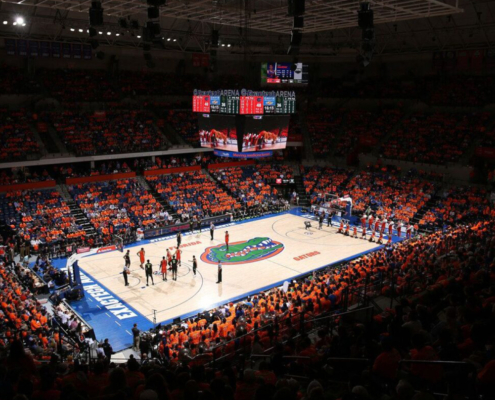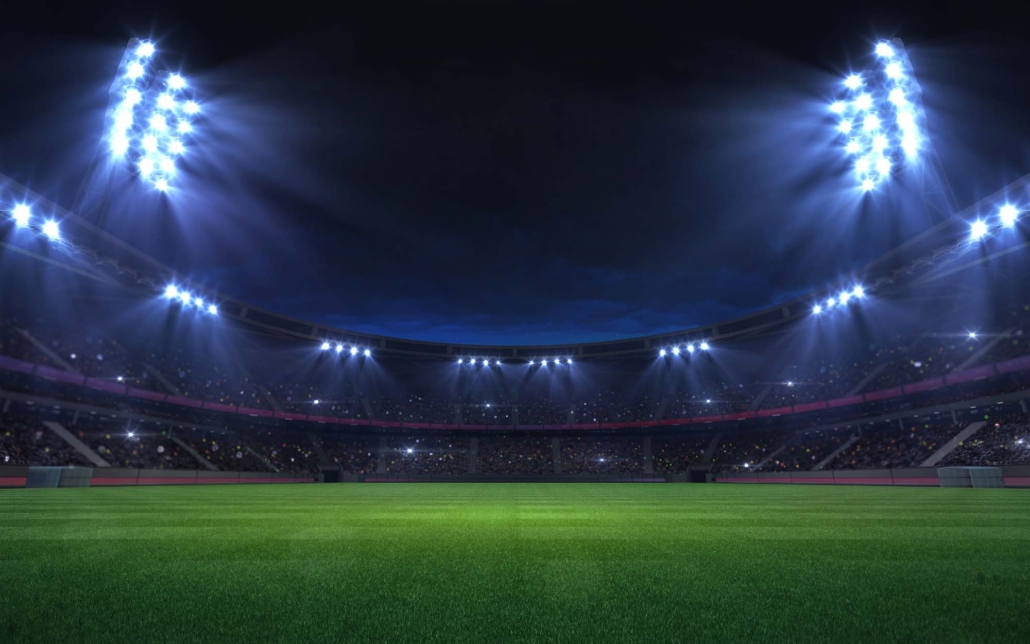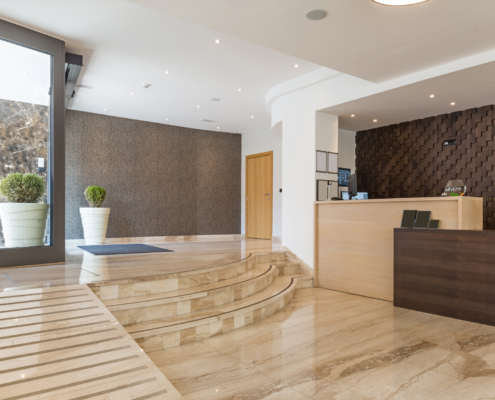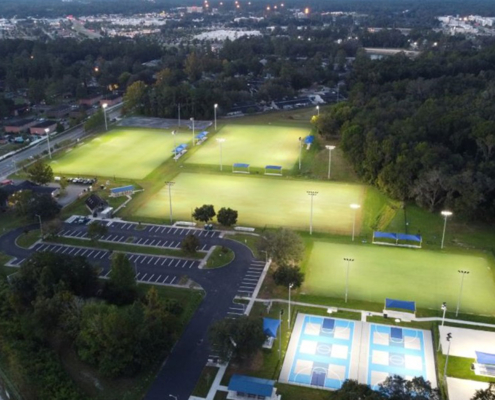 https://ngusportslighting.com/wp-content/uploads/2022/05/Homepage-Banner-2-Florida-Gators.jpg
1250
2000
AbstraktMarketing
/wp-content/uploads/2022/08/NGU-Full-Logo.png
AbstraktMarketing2024-06-18 14:33:252024-07-26 15:25:33University LED Arena Light Fixtures Guide: Types, Cost & Funding
https://ngusportslighting.com/wp-content/uploads/2022/05/Homepage-Banner-2-Florida-Gators.jpg
1250
2000
AbstraktMarketing
/wp-content/uploads/2022/08/NGU-Full-Logo.png
AbstraktMarketing2024-06-18 14:33:252024-07-26 15:25:33University LED Arena Light Fixtures Guide: Types, Cost & FundingThe Complete Guide to Football Field Lighting
Do you remember the 2013 Super Bowl? The Baltimore Ravens triumphed over the San Francisco 49ers, and Beyonce gave a halftime performance for the ages. But many people also remember the power outage in the New Orleans Superdome shortly before the start of the third quarter.
One of the biggest sporting events on the calendar was delayed for 34 minutes thanks to a blown transformer. Most of the delay was due to the warm-up period of the traditional metal halide lighting. By switching to LED lights, your venue could save money and avoid a disaster like this. Here’s everything you need to know about proper football field lighting.
Full-Spectrum LED Systems Are the Best Option for Football Field Lighting
In the last decade, lighting systems have evolved significantly in football stadiums across the country. Football LED lights increase quality and versatility in any facility and provide a high return on investment.
Reduced Field Lighting Costs
Football LED lights reduce costs and prolong service by generating more light while consuming less electricity. The popularity of LEDs has soared in the past 10 years because of the overall cost savings. This advanced lighting technology lasts around 50,000 hours, almost three times longer than conventional lighting. Installing a smart control system will further bump energy efficiency, cutting total energy consumption by approximately 90%.
LEDs can even withstand various weather conditions, reducing maintenance and replacement costs. Your LED football field lighting will still be operational even if your venue experiences freezing temperatures, high wind, or consistent rain.
Improved TV Broadcasts
We live in the era of 4K television broadcasts that look more like high-quality cinema, especially when it comes to football games. Stadiums with metal halide fixtures cannot broadcast to the highest degree of HD, and it’s noticeable. Metal halide works for people onsite in venues, but will drastically impact television audiences.
Football LED lights are the best for the camera, maintaining brightness while eliminating glare for quality viewing. Photographers in your venue will thank you, too.
Avoid Conventional Lighting
Metal halide is the most common type of conventional lighting found in big venues nationwide. This lighting is much cheaper, but requires extensive maintenance and replacement. Metal halide lighting lasts 6,000 to 15,000 hours—almost a third of the lifespan of modern LED technology. Conventional sources also suffer from overheating and flickering.
Researching the best football field lighting options for your venue? Reach out to NGU Sports Lighting for a brighter future.
The Best Bulbs for LED Lighting
NGU Sports Lighting provides next-level lighting. Avoid the short lifespans and flickering of conventional sources like metal halide. Check out our top football field lighting fixture: the LUMASPORT 16.
The LUMASPORT 16
Ensuring a secure, well-illuminated setting for players and spectators is a top priority for all venue proprietors. NGU Sports Lighting is fully equipped to assist you, whether it’s replacing obsolete lighting systems or initiating an entirely new setup. We extend our support nationwide with light installations in various spaces, from university stadiums to recreational facilities.
Our cutting-edge LUMASPORT 16 fixtures are meticulously crafted to provide the optimal lighting ambiance for outdoor live performances. This luminaire incorporates groundbreaking technologies like integrated louver and reflector optics, distributing light while effectively managing glare and enhancing playability.
Customizable Lighting Features
NGU goes the extra mile by providing comprehensive resources for every aspect of your venue’s lighting setup. Each Ephesus lighting system comes with standard DMX control input and output for seamless integration. Our AirMesh Hub allows you to conveniently adjust your venue’s visuals from any location. This flexibility empowers you to manage your venue’s ambiance effortlessly.
Choose NGU for Your Football Field Lighting
NGU Sports Lighting pioneered the LED lighting sports industry in 2012, offering the best products for venues of all sizes. Compatible with television broadcasts, NGU Sports Lighting supplies numerous recreational, high school, collegiate, and professional facilities nationwide. Contact us for the best football field lighting for your venue.





